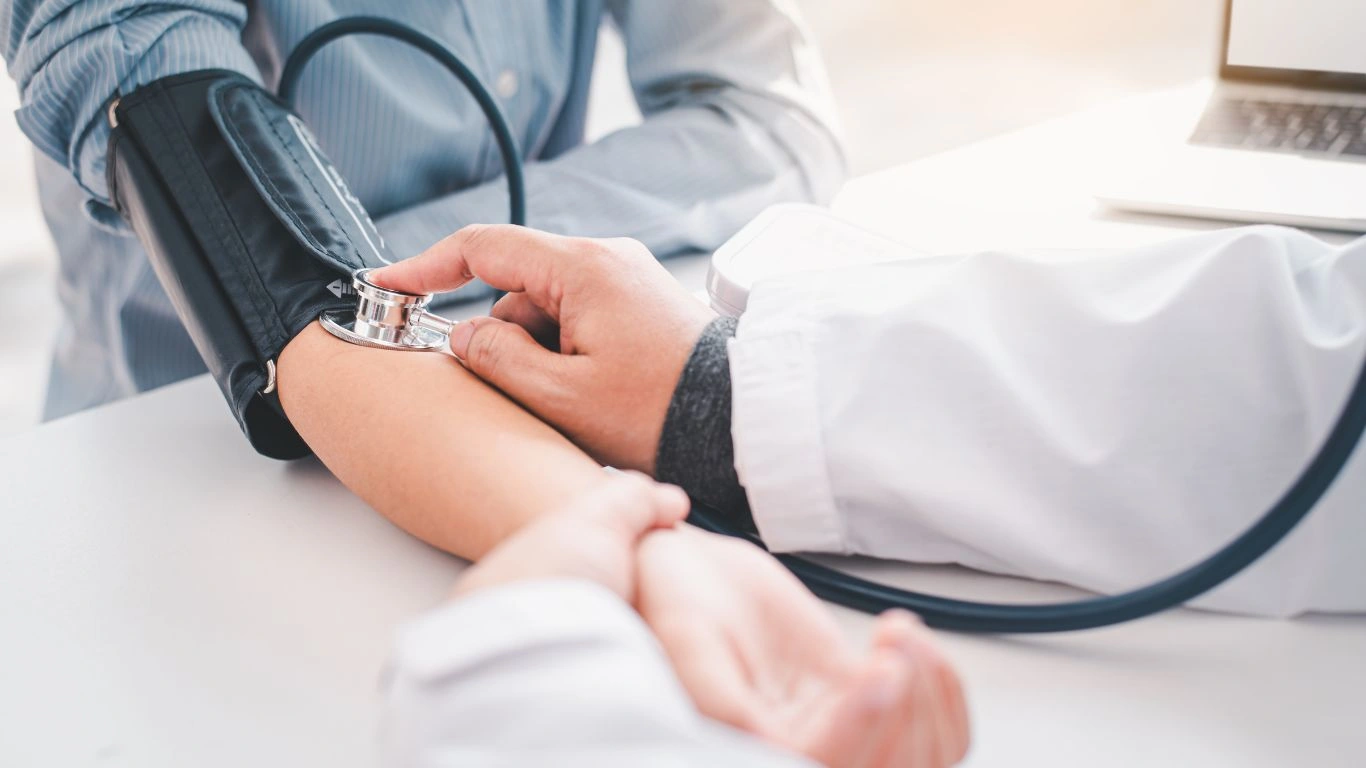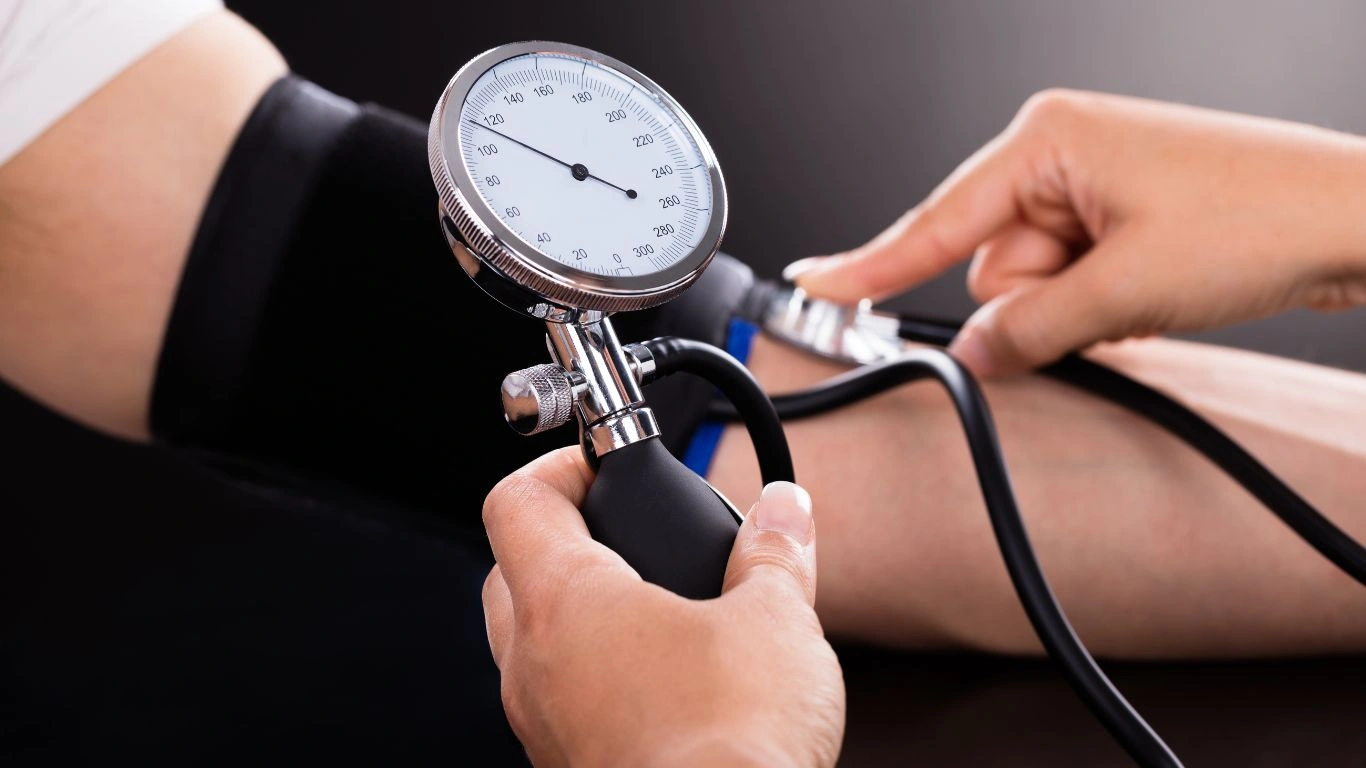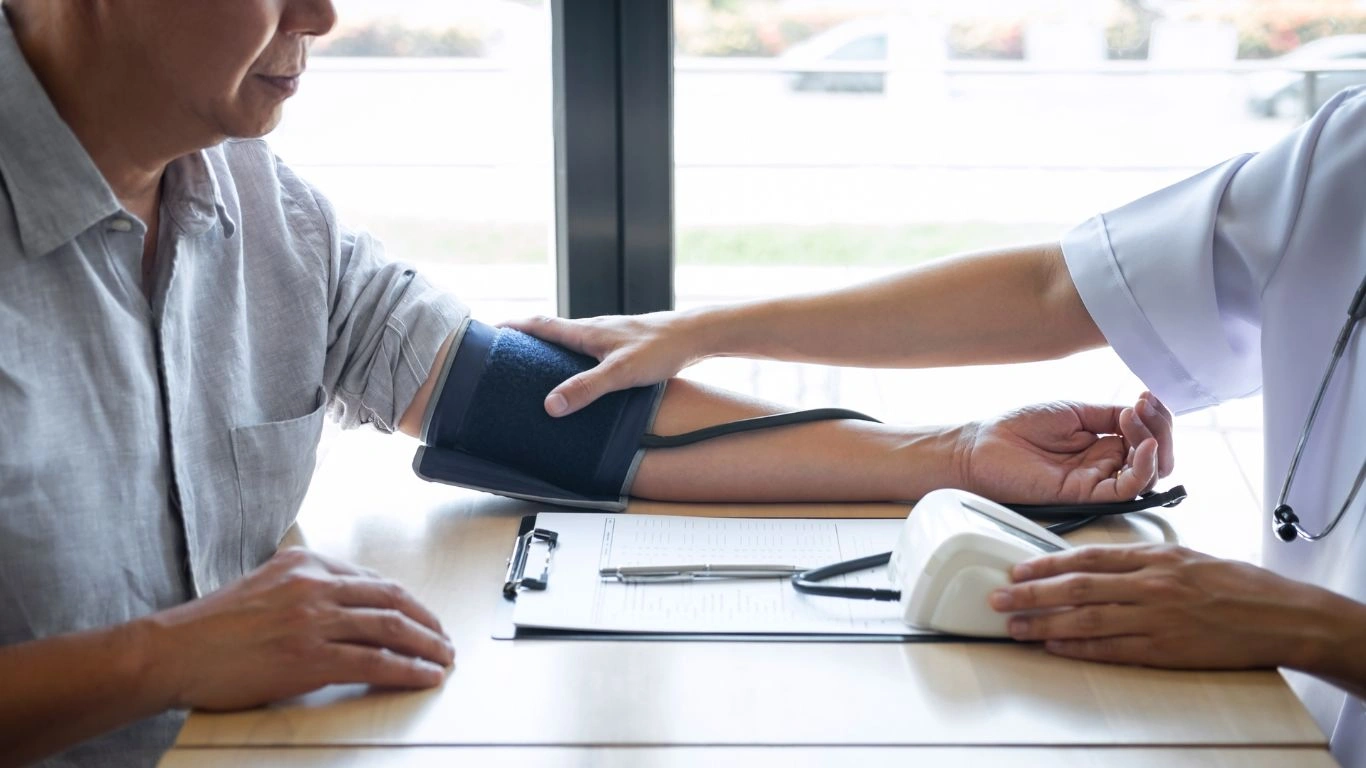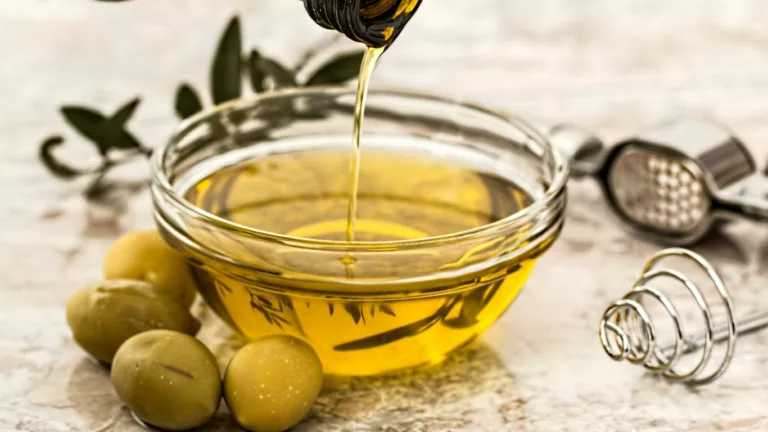Can Low Potassium Cause High Blood Pressure? Discover the Hidden Danger
When I first started practicing Internal Medicine, one question that kept popping up more often than you’d think was, “Can low potassium cause high blood pressure?” It seemed counterintuitive to many of my patients — after all, isn’t blood pressure all about salt and stress? Over the years, after managing hundreds (probably thousands) of hypertension cases, I’ve learned that potassium plays a *huge* behind-the-scenes role. Today, I want to walk you through why potassium deserves a lot more attention when we’re talking about heart health.
Understanding Potassium’s Role in the Body

Potassium is not just some random mineral you hear about when you’re cramping after a workout. It’s actually essential for nearly every cell in your body to function properly. In my daily practice, I often explain it like this: think of potassium as the “calm down” mineral for your blood vessels. When potassium levels are just right, blood vessels stay relaxed and open, making it easier for blood to flow and keeping blood pressure in check. But when potassium dips too low? That’s when things start to tighten up — literally.
Can Low Potassium Cause High Blood Pressure?

Absolutely. And it’s not just me saying that — decades of research back it up. Low potassium levels (hypokalemia, if we want to get fancy) can cause your blood vessels to constrict, which increases the pressure inside them. Plus, potassium also plays a balancing act with sodium. When your potassium is low, your body tends to hang onto more sodium, and that excess sodium directly raises blood pressure.
In fact, one patient I saw, let’s call her Maria, was struggling with stubborn hypertension despite being on two different medications. After digging a little deeper (and ordering some labs), we found out her potassium was low-normal — not technically out of range, but definitely not optimal. After adjusting her diet and tweaking her treatment plan, guess what? Her blood pressure finally budged. Sometimes the small things make a big difference.
Here’s a quick breakdown of how low potassium can hike up your blood pressure:
- Vasoconstriction: Less potassium = narrower blood vessels = higher blood pressure.
- Increased Sodium Retention: Low potassium causes your kidneys to hold onto sodium, which raises blood volume and pressure.
- Reduced Nitric Oxide Production: Potassium helps your body produce nitric oxide, which relaxes blood vessels. Less potassium = less nitric oxide = more tension.
Why Is Low Potassium So Common?

In my experience, low potassium is way more common than people realize. Here’s the thing — it’s not always about not eating enough bananas (although, yes, that helps too!). There are a bunch of reasons people might end up with low potassium levels, even if they think their diet is “pretty good.”
Common Causes of Low Potassium Include:
- Diuretic Medications: A lot of patients on blood pressure meds like thiazide diuretics end up peeing out too much potassium without realizing it.
- Poor Diet: Let’s be real — the typical Western diet is loaded with processed foods that are sky-high in sodium and sadly low in potassium-rich foods.
- Chronic Kidney Disease: The kidneys are key players in potassium balance. If they’re not working well, potassium levels can swing either way — sometimes dangerously low.
- Gastrointestinal Losses: Vomiting, diarrhea, or even chronic laxative use can strip potassium from your system faster than you’d expect.
One thing I often tell my patients: low potassium doesn’t usually cause glaring symptoms until it gets pretty bad. You might feel a little more tired, have muscle cramps, maybe some palpitations — but it’s sneaky. That’s why checking electrolytes regularly, especially if you’re being treated for hypertension, is so important. I’ve caught quite a few cases early just by being nosy (and running that extra lab test “just to be sure”).
Symptoms You Might Notice With Low Potassium
Since we’re on the topic, it’s worth mentioning some subtle red flags. Most people won’t connect these symptoms to low potassium, but from the physician side of things, they’re clues:
- Muscle weakness or cramps (especially in the legs)
- Fatigue that doesn’t really make sense
- Heart palpitations or feeling like your heart is fluttering
- Constipation (potassium affects gut muscles too!)
- Mood changes like feeling irritable or unusually anxious
Of course, none of these symptoms are exclusive to low potassium, but if they show up alongside tough-to-control blood pressure? That’s when my internal alarms start going off.
How Much Potassium Do You Really Need?

One question that comes up a lot in my clinic is, “Okay, doc, how much potassium should I be getting?” It’s a fair question because the answer isn’t exactly one-size-fits-all. The general recommendation for adults is around 2,500 to 3,400 milligrams of potassium per day, depending on factors like age, sex, and health status.
But here’s where it gets tricky — the average American isn’t even getting close. Studies show most people are only reaching about half of what they should. And if you have high blood pressure? You might need even a little more (under supervision, of course — don’t go wild with potassium supplements without talking to your doctor first!).
When I sit down with my patients, I usually suggest focusing on natural food sources first before even thinking about pills. Not only is it safer, but those foods usually come packed with other good-for-you nutrients too.
Top Food Sources of Potassium You’ll Actually Want to Eat:
- Avocados: Creamy, delicious, and loaded with potassium (and healthy fats!).
- Sweet potatoes: Way more potassium than you’d expect — even more than bananas!
- Spinach: Whether it’s cooked or raw, spinach packs a serious potassium punch.
- Beans: Black beans, lentils, kidney beans — they’re all amazing.
- Bananas: Of course, the classic go-to (but not the only option!).
Real talk: I once had a patient who proudly told me she was eating a banana every single morning for her potassium…but still wasn’t hitting the mark. That’s when we got a little creative and added in some roasted sweet potatoes and spinach salads during the week. Her potassium levels (and her blood pressure) thanked her for it.
Can You Have Too Much Potassium?

Now, I wouldn’t be doing my job as a responsible physician if I didn’t throw a little caution into the mix. Yes, it is absolutely possible to have too much potassium. This is called hyperkalemia, and it can be just as dangerous as having too little — sometimes even more so.
High potassium can cause serious heart rhythm problems, and in severe cases, it can be life-threatening. In my practice, I usually see this happen in patients with kidney disease or those taking medications like ACE inhibitors or potassium-sparing diuretics. It’s why we monitor potassium levels carefully when starting or adjusting meds.
Signs Your Potassium Might Be Too High:
- Muscle weakness or strange sensations (like tingling)
- Slow or irregular heartbeat
- Nausea or sudden fatigue
If you’re thinking about boosting your potassium intake because you’re wondering, “Can low potassium cause high blood pressure?” — first of all, good instincts! But please work with your healthcare provider to make sure you’re doing it safely. Personalized guidance matters more than ever here.
Simple Lifestyle Tweaks That Support Potassium Balance

Over the years, I’ve picked up a few practical tips that make a big difference for my patients (and let’s be honest — I use them myself too). You don’t have to overhaul your entire life overnight. A few small changes can have a surprisingly big impact on potassium levels and blood pressure.
Some Easy Wins:
- Load up on veggies and fruits: Aim for half your plate to be fruits and veggies most meals. It’s easier than it sounds once you get into the habit.
- Swap out processed foods: Cut back on boxed, canned, and fast foods, which are high in sodium and low in potassium.
- Choose potassium-rich snacks: Instead of chips, try a handful of edamame or a small baked sweet potato.
- Hydrate wisely: Staying well-hydrated supports kidney function, which helps regulate potassium levels.
- Stay consistent with check-ups: Especially if you’re on medications that affect electrolytes, regular bloodwork is your best friend.
One of my long-time patients, Jim, swore he could “never give up his afternoon chips and salsa.” Instead of forcing him to quit cold turkey, we worked out a deal: swap it a few days a week for hummus and carrot sticks. Six months later? His potassium levels were better, and he admitted (grudgingly) that he actually liked the change.
Small, sustainable changes — that’s the magic formula.
The Bottom Line on Potassium and Blood Pressure
At the end of the day, if you take nothing else from this, remember this: potassium is a major player when it comes to blood pressure control. Asking “Can low potassium cause high blood pressure?” is one of the smartest questions you can ask if you’re serious about heart health.
In my real-world experience, addressing potassium intake has helped so many patients finally get their blood pressure under control — sometimes even allowing them to lower medication doses. It’s not about gimmicks or quick fixes; it’s about understanding how your body works and giving it what it needs to thrive.
So, if you’re feeling stuck with stubborn hypertension, don’t overlook the potassium piece. Trust me — sometimes the missing puzzle piece is hiding in plain sight.
Practical Tips for Boosting Potassium Naturally

Alright, let’s get into the real-world, boots-on-the-ground advice — because knowing you need more potassium is one thing, but actually making it happen is another story. Over the years, I’ve learned that if it’s not practical, it’s just not going to stick. So here’s how I help my patients sneak more potassium into their days without making them feel like they’re giving up everything they love.
Simple Food Swaps That Make a Big Difference:
- Breakfast: Swap sugary cereals for a smoothie with spinach, banana, and Greek yogurt.
- Lunch: Instead of a processed sandwich, try a quinoa salad with chickpeas, avocado, and veggies.
- Snacks: Trade salty chips for a baked sweet potato topped with a sprinkle of cinnamon.
- Dinner: Add sautéed greens like Swiss chard or kale to your plate — not just as a side, but as a centerpiece.
One of my favorite tricks? I personally toss a handful of spinach into almost everything — omelets, smoothies, soups, even pasta dishes. It wilts down so small you barely notice, but the potassium boost is huge. (And no, you don’t taste it — promise.)
Understanding the DASH Diet and Potassium

If you’ve ever talked to a doctor about blood pressure, chances are you’ve heard about the DASH diet — which stands for Dietary Approaches to Stop Hypertension. It’s not just another trendy eating plan; it’s actually backed by real science and heavily focuses on boosting potassium naturally through foods.
The DASH diet encourages:
- Plenty of fruits and vegetables
- Low-fat dairy products
- Whole grains
- Lean proteins (think fish, chicken, beans)
- Low sodium intake
And you guessed it — it’s naturally high in potassium. In my practice, I often introduce the DASH concept early with patients struggling to manage blood pressure. It’s not about counting calories or following some crazy restrictive program — it’s about adding the right foods that support your body’s natural balance.
Quick Tip:
When starting the DASH diet, don’t stress about being perfect. Focus on small wins like adding an extra veggie at lunch or swapping your regular bread for a whole-grain version. Every little step builds momentum!
When You Should Consider Potassium Supplements
Sometimes, despite best efforts, diet alone isn’t enough. Certain people — especially those on diuretics or with specific medical conditions — might need a little extra help. That’s where potassium supplements can come into play.
But, and it’s a big BUT, you should never start potassium supplements without medical supervision. I’ve seen firsthand how fast things can go south if supplementation isn’t monitored properly. Too much potassium, especially suddenly, can cause dangerous heart rhythm changes.
Who Might Need Supplements?
- Patients on potassium-wasting diuretics (like hydrochlorothiazide or furosemide)
- Individuals with specific hormonal disorders affecting electrolyte balance
- People with high sodium diets and resistant hypertension (again, under close monitoring!)
Whenever I prescribe potassium, I always pair it with regular bloodwork to make sure we’re staying in the sweet spot — not too low, not too high. It’s all about the balance.
My Takeaways After Years in Hypertension Management
Reflecting on my years working in Internal Medicine, managing blood pressure has taught me that it’s rarely about just one thing. Sure, medications play a role. But lifestyle factors — especially potassium intake — are often the hidden gears turning behind the scenes.
Time after time, I’ve seen how addressing low potassium changes the game for people. Blood pressure that wouldn’t budge finally softens. Patients feel better. They gain confidence because they’re doing something proactive for their health instead of feeling at the mercy of a pill bottle.
So, the next time someone asks, “Can low potassium cause high blood pressure?”, I hope you’ll know the answer is a big, resounding yes — and that there’s a lot you can do about it.
References
Disclaimer
Disclaimer: This article is for informational purposes only and is based on my professional experience as a board-certified Internal Medicine physician. It is not intended to replace individualized medical advice. Always consult with your healthcare provider before making changes to your diet, medication, or supplement regimen, especially regarding potassium intake and blood pressure management.

Dr. Gwenna Aazee is a board-certified Internal Medicine Physician with a special focus on hypertension management, chronic disease prevention, and patient education. With years of experience in both clinical practice and medical writing, she’s passionate about turning evidence-based medicine into accessible, actionable advice. Through her work at Healthusias.com, Dr. Aazee empowers readers to take charge of their health with confidence and clarity. Off the clock, she enjoys deep dives into nutrition research, long walks with her rescue pup, and simplifying medical jargon one article at a time.






